How To Record Audio On A Macbook Pro?
Recording audio on a MacBook Pro is a common task that many users need to accomplish for various reasons, such as creating podcasts, recording music, capturing voice memos, or conducting interviews. This article will guide you through the different methods available for recording audio on a MacBook Pro, ensuring you can choose the best option for your specific needs.
Built-in Applications for Audio Recording

1. Voice Memos
Voice Memos is a built-in application on macOS that provides a straightforward way to record audio. It is ideal for quick voice recordings, such as memos, interviews, or lectures.
Steps to Record Audio Using Voice Memos:
1. Open the Voice Memos app from the Applications folder or by searching for it using Spotlight.
2. Click the red record button to start recording.
3. Speak into the built-in microphone or an external microphone if connected.
4. Click the stop button to end the recording.
5. The recording will be saved automatically, and you can rename it for easy identification.
2. QuickTime Player
QuickTime Player is another built-in application that can be used for audio recording. It offers more flexibility than Voice Memos and can be used for various types of audio recordings.
Steps to Record Audio Using QuickTime Player:
1. Open QuickTime Player from the Applications folder or by searching for it using Spotlight.
2. Go to `File` > `New Audio Recording`.
3. In the audio recording window, click the arrow next to the record button to select your microphone (built-in or external).
4. Adjust the volume slider if necessary.
5. Click the red record button to start recording.
6. Click the stop button to end the recording.
7. Save the recording by going to `File` > `Save`, and choose a location and file name.
Third-Party Applications for Advanced Audio Recording
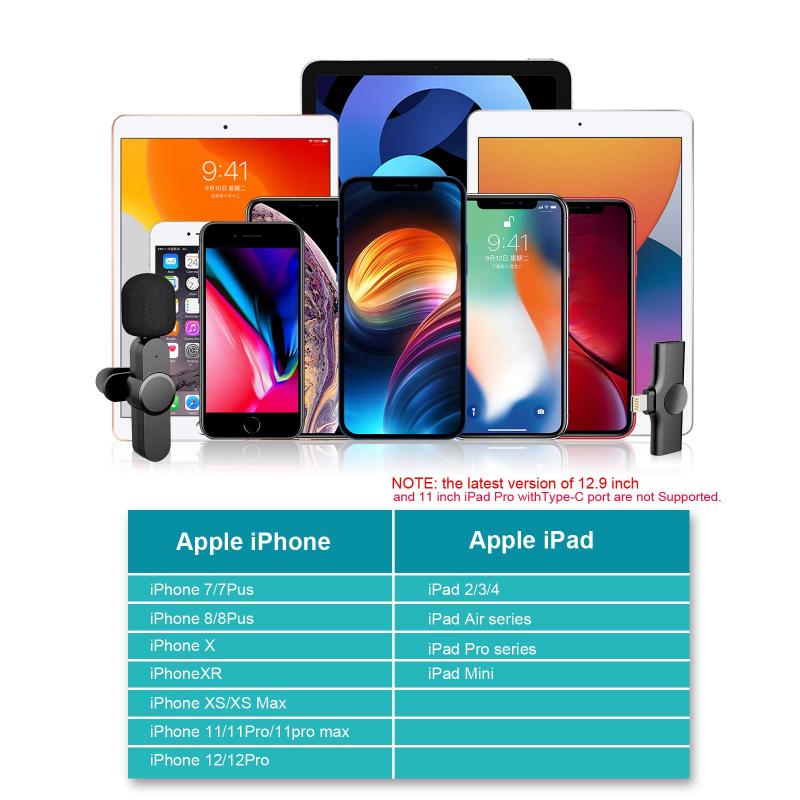
For users who need more advanced features, such as multi-track recording, audio editing, and effects, third-party applications are available. Here are some popular options:
1. GarageBand
GarageBand is a powerful and free digital audio workstation (DAW) available on macOS. It is suitable for music production, podcasting, and other complex audio projects.
Steps to Record Audio Using GarageBand:
1. Open GarageBand from the Applications folder or by searching for it using Spotlight.
2. Create a new project by selecting `Empty Project` and clicking `Choose`.
3. Select `Audio` for recording using a microphone and click `Create`.
4. Ensure your microphone is selected in the input settings.
5. Click the red record button in the control bar to start recording.
6. Click the stop button to end the recording.
7. Edit and arrange your recording as needed using GarageBand's tools and features.
8. Export the final audio by going to `Share` > `Export Song to Disk`.
2. Audacity
Audacity is a free, open-source audio recording and editing software. It is widely used for its robust features and cross-platform compatibility.
Steps to Record Audio Using Audacity:
1. Download and install Audacity from the official website.
2. Open Audacity from the Applications folder or by searching for it using Spotlight.
3. Select your microphone from the dropdown menu in the device toolbar.
4. Click the red record button to start recording.
5. Click the stop button to end the recording.
6. Edit your recording using Audacity's extensive editing tools.
7. Save the recording by going to `File` > `Export` and choosing your desired format and location.
External Microphones and Audio Interfaces
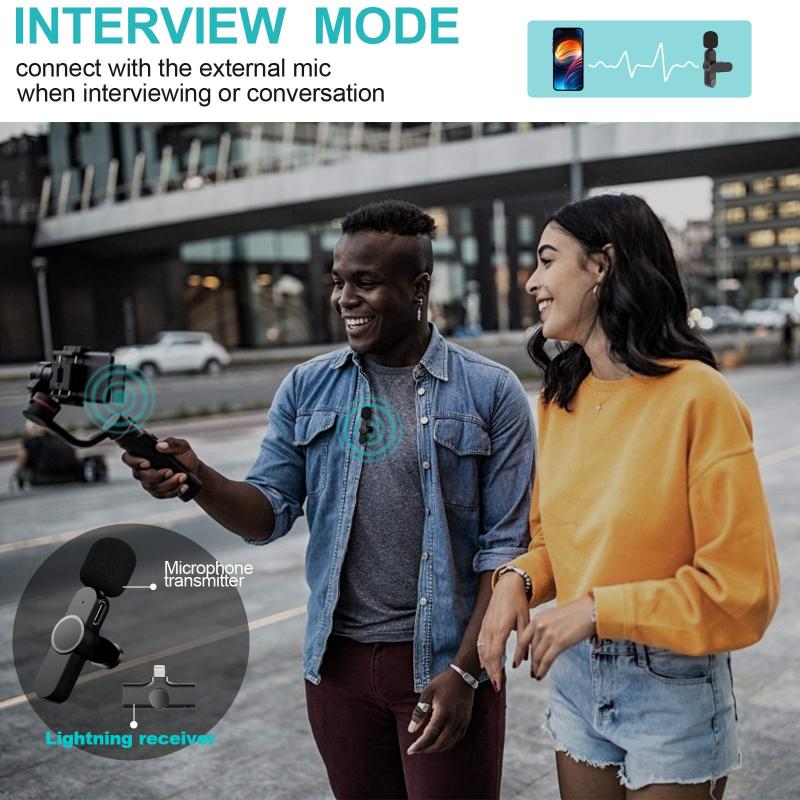
While the built-in microphone on a MacBook Pro is sufficient for basic recordings, using an external microphone or audio interface can significantly improve audio quality. Here are some options:
1. USB Microphones
USB microphones are easy to use and provide better sound quality than the built-in microphone. Popular models include the Blue Yeti, Audio-Technica AT2020USB+, and Rode NT-USB.
Steps to Use a USB Microphone:
1. Connect the USB microphone to your MacBook Pro.
2. Select the USB microphone as the input device in your recording application (Voice Memos, QuickTime Player, GarageBand, or Audacity).
3. Follow the recording steps as outlined for each application.
2. Audio Interfaces
Audio interfaces allow you to connect professional XLR microphones and other audio equipment to your MacBook Pro. Popular models include the Focusrite Scarlett series, PreSonus AudioBox, and Universal Audio Apollo.
Steps to Use an Audio Interface:
1. Connect the audio interface to your MacBook Pro via USB or Thunderbolt.
2. Connect your microphone to the audio interface using an XLR cable.
3. Select the audio interface as the input device in your recording application.
4. Follow the recording steps as outlined for each application.
Tips for High-Quality Audio Recording
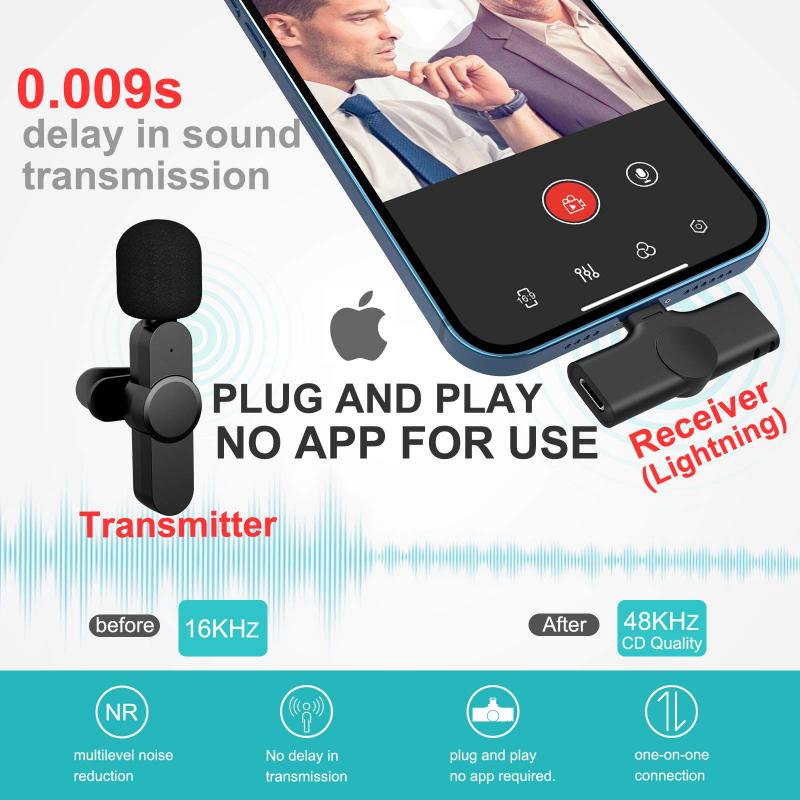
1. Choose a Quiet Environment: Record in a quiet room to minimize background noise and ensure clear audio.
2. Use Pop Filters: If using an external microphone, a pop filter can reduce plosive sounds (e.g., "p" and "b" sounds) and improve audio clarity.
3. Monitor Audio Levels: Keep an eye on the input levels to avoid clipping and distortion. Adjust the microphone gain as needed.
4. Use Headphones: When recording, use headphones to monitor the audio and catch any issues in real-time.
5. Edit and Enhance: Use audio editing software to clean up the recording, remove noise, and enhance the overall sound quality.
Recording audio on a MacBook Pro is a versatile and accessible task, thanks to the variety of built-in and third-party applications available. Whether you need a simple voice memo or a multi-track music production, there is a solution to meet your needs. By following the steps outlined in this article and considering the use of external microphones or audio interfaces, you can achieve high-quality audio recordings for any purpose.

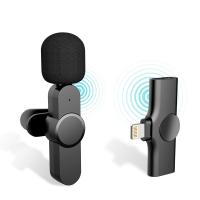

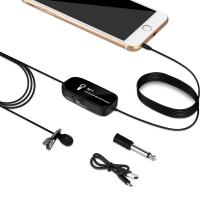
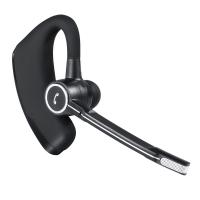
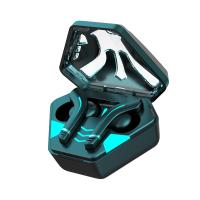
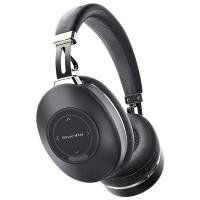
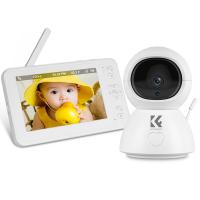


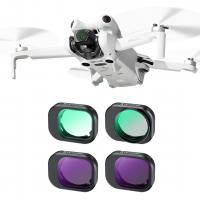
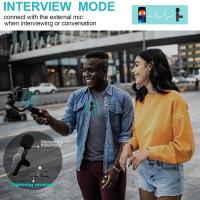







There are no comments for this blog.